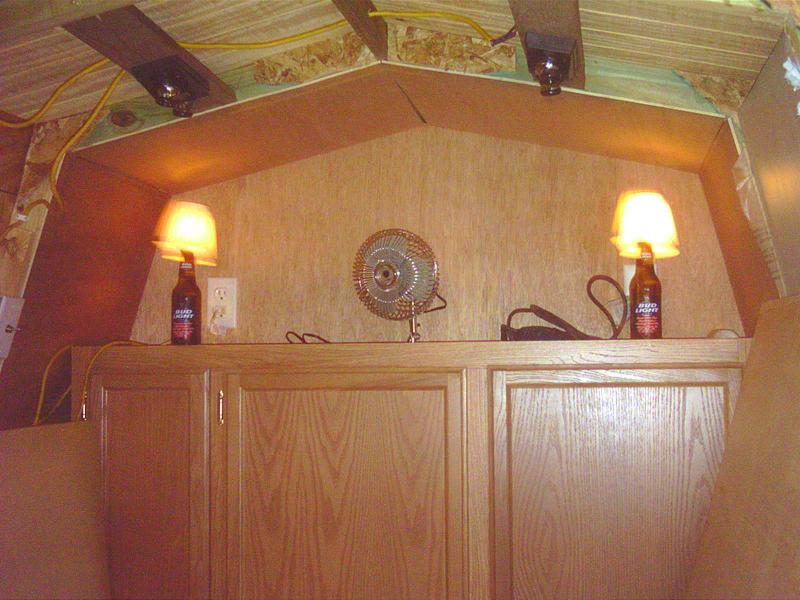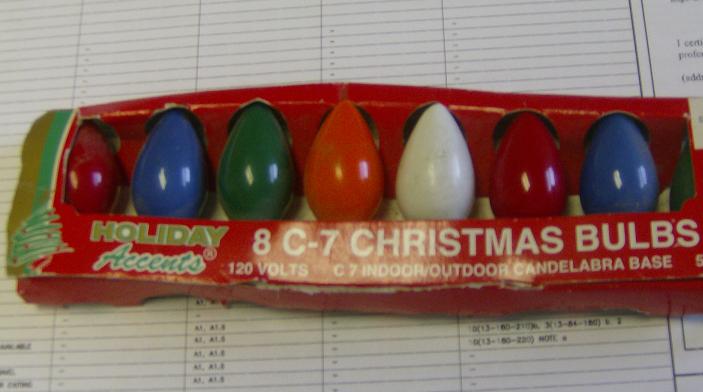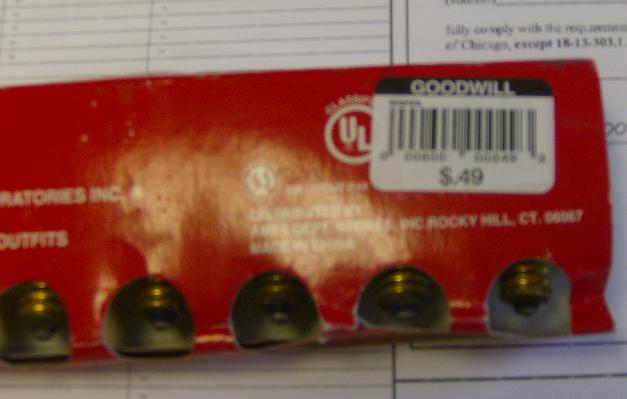Low Pressure Sodium Vs. High Pressure Sodium Lamps
X Kim Dieter Kim Dieter has taught agriscience classes, developed curriculum and participated in the school accreditation process at the secondary and community college levels since 1980. She holds a Master of Science degree from the University of California, Davis, in animal science.
By Kim Dieter, eHow Contributor Low and high pressure sodium lamps are commonly used for outdoor lighting. They provide light in parking lots, along streets and highways, and in areas where security is important. The lamps also provide indoor lighting in large warehouses. Does this Spark an idea?
Other People Are Reading
High Pressure Sodium Vs. Fluorescent Lighting Spectrum of a High Pressure Sodium Lamp
Print this articleColor of Light
Low pressure sodium lamps produce a yellow-colored light. This poor color rendition often limits the lamps to outdoor use where the color is not important. High pressure sodium lamps provide slightly better color rendition with a golden to white light.
Efficiency
Low pressure sodium lamps produce more light per watt of energy consumed than high-pressure sodium lamps, which are slightly less efficient.
Use
Low pressure sodium lamps are best used in applications where the light remains on for hours at a time. They take longer to start up than high pressure sodium lamps and must cool down before they can restart.
So it looks like low pressure bulb will keep you in the wave length you asked for and is more effecient to boot. I found 18 ,35,135,and 185 watt bulbs available. I am sure there are other wattages available too!
I have taken the cheap skate method and have used 5 watt christmas tree bulbs in my beer bottle lamps in the barn. And I can change the colors at will.

 and it was ol farts day so they were 30% off ( 35 cents) a little over 4 cents a piece
and it was ol farts day so they were 30% off ( 35 cents) a little over 4 cents a piece :D







